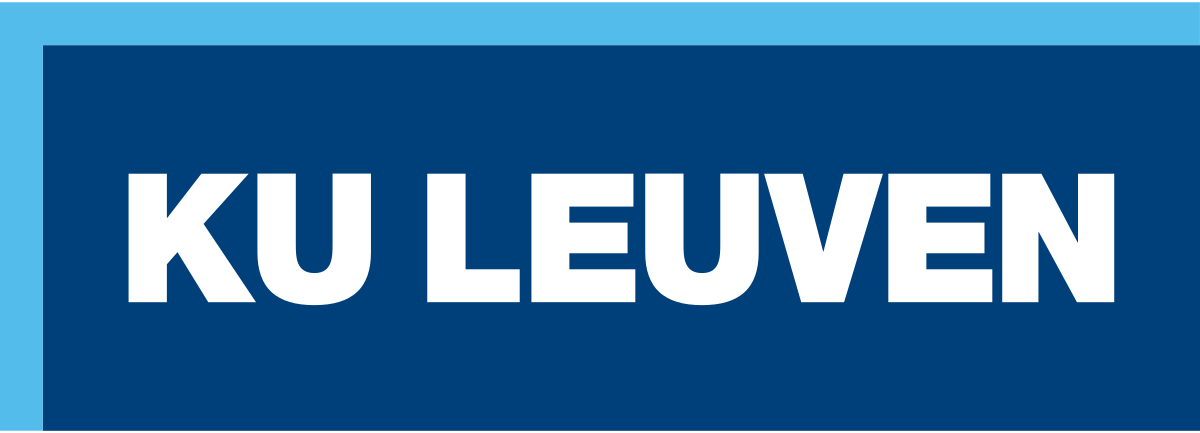KU Leuven: Leuven.AM wants to increase the added value of 3D printing
KU Leuven is a pioneer in three-dimensional printing, and the University has strengthened this reputation in the last three decades. The sector continues to evolve, the technology constantly improves, and the quality of the material increases. Leuven.AM, the KU Leuven Institute for Additive Manufacturing, wants to help shape this evolution.
Leuven.AM may only recently have been recognised as a KU Leuven Institute, but the University has enjoyed an excellent reputation in the field of 3D printing since the 1990s. At the time, Emeritus Professor Jean-Pierre Kruth was, together with Jan Van Humbeeck, one of the founders of the scientific research on what was then a radically innovative technology. It resulted in two successful spin-offs: Materialise and LayerWise, which is now part of 3DSystems.
“The approach to the research has been interdisciplinary since the early years”, says Brecht Van Hooreweder, director of Leuven.AM. “There has always been consultation and concerted action between various departments, such as Mechanical Engineering, Materials Engineering, Chemistry and Computer Science. Gradually, other research groups joined as end-users of the 3D printing technology. We want to use the recognition as an Institute to forge even better relationships, especially with University Hospitals Leuven (UZ Leuven) and in the healthcare sector. We are not fully aware yet of each other’s capacities and needs.”
One layer at a time
It’s Leuven.AM and not Leuven.3D, because in engineering, the term additive manufacturing (AM) is the set expression. “You make a virtual design on the computer, which you then divide into layers”, explains Professor Van Hooreweder. “Next, you print those layers with plastic material for example, or metals, such as steel, copper or titanium. We build the object one layer at a time, each time adding something, hence additive.”
The 3D printing sector is growing every year, on average by 25 per cent. So more and more products are being 3D printed, but additive manufacturing won’t completely replace conventional production techniques, indicates Van Hooreweder. “3D printing offers a lot of design flexibility, and the step from the design to the product is small. On the other hand, the cost price for mass production is usually high. So you have to consider in which cases 3D printing has enough added value.”
Leuven.AM will be focusing on healthcare and on a close collaboration with the UZ Leuven colleagues to achieve that added value. “Many clinicians don’t know all the possibilities in terms of shapes and materials. The 3D data are in many cases already available through medical scans. That allows us to offer solutions tailored to the patient: think of personalised hip prostheses, spinal or dental implants. The same applies to medical and surgical materials. Even printing personalised medication is possible. Ideally, design and production take place in the hospital itself to limit turnaround time.”

